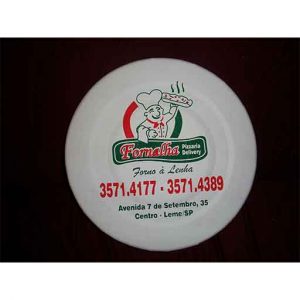In GP, the ratio between consecutive terms is constant. Given the arithmetic progression 7, 13, 19,…, find the common difference. A sequence with a finite number of terms is called a finite sequence and similarly, a sequence with an infinite number of terms is called an infinite sequence.
- Learning the concepts of AP and GP not only makes math easier but also improves your logical thinking and problem-solving skills, which can be useful in many situations outside of math.
- Let us see the types of progressions along with examples and their formulas.
- It is the progression where the last term is not defined.
- Geometric Progression (GP) is a sequence of numbers where each term after the first is found by multiplying the previous term by a constant called the common ratio.
- For example, the sequence \(2, 4, 8, 16, \dots\) is a geometric sequence with common ratio \(2\).
Arithmetic Progression and Geometric Progression (AP and GP) – FAQs
As we read in the above section that geometric progression is of two types, finite and infinite geometric progressions, hence the sum of their terms is also calculated by different formulas. When the common ratio of a geometric sequence is positive, the sequence’s terms will all share xero vs quickbooks the sign of the first term. When the common ratio of a geometric sequence is negative, the sequence’s terms alternate between positive and negative; this is called an alternating sequence. For instance the sequence 1, −3, 9, −27, 81, −243, … Is an alternating geometric sequence with an initial value of 1 and a common ratio of −3. When the initial term and common ratio are complex numbers, the terms’ complex arguments follow an arithmetic progression.
What is the difference between arithmetic and geometric progressions?
The geometric progressions can be finite or infinite. consolidated statement of comprehensive income Its common ratio can be negative or positive. Here we shall learn more about the GP formulas, and the different types of geometric progressions.
We can find the common ratio of a GP by finding the ratio between any two adjacent terms. These GP sum formulas are summarized in the flowchart below. The following are all formulas used for finding the sum of a GP.
Arithmetic Progression Example
Now, let us discuss each of these formulas in detail in the following sections. A sequence in which the ratio of any two consecutive terms is constant. Where r is the common ratio and a is the initial value. A girl puts \(1\) grain of rice in the first square of an 8 by 8 chess board. In the subsequent square, she puts twice that of the previous square, and she continues until she fills all the squares. The areas of squares thus formed are, s, s2/2, s2/4, s2/8, ….
Is an infinite series where the last term is not defined. Now that we know how to find the sum of finitely many terms, let’s move on to find the sum of infinitely many terms of a geometric progression. This is done in a similar way, and we do an example first.
Proof of Sum of Finite Geometric Progression Formula
Here are the formulas of different types of progressions. Here, an represents the nth term and Sn represents the sum of the first n terms. Arithmetic Progression (AP) and Geometric Progression (GP) are important mathematical sequences with many practical applications in everyday life and various fields, such as finance and science.. By understanding their basic formulas and properties, you can solve problems related to patterns and series. Learning the concepts of AP and GP not only makes math easier but also improves your logical thinking and problem-solving skills, which can be useful in many situations outside of math.
A sequence in which the difference between any two consecutive terms is constant. Form a GP with common ratio 1Branches of a Perfect TreeFor instance, if a tree branches into two new branches at each level, the number of branches can be represented as 1, 2, 4, 8, .. For a harmonic progression 1/a, 1/(a+d), 1/(a+2d), … We will learn about each progression in detail in the upcoming sections. Goal is to calculate the sum of the sequence at the end of 10th day. We have got the same answer using the GP sum formula also.








